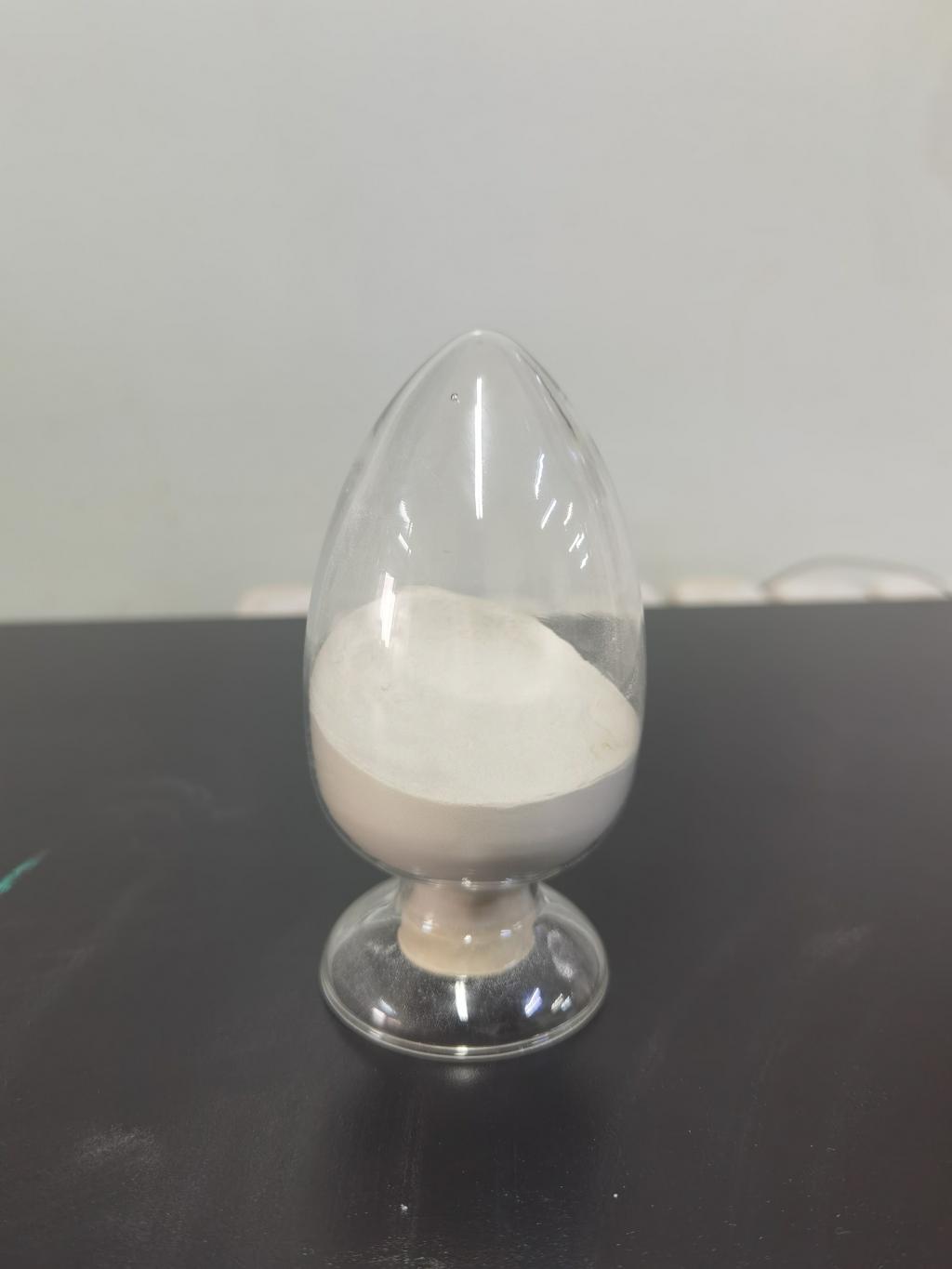Tel:0086 18231198596

News
Applications of Nisin in food preservation.
TIME:2024-05-08
Mechanism of Action:
Nisin exerts its antimicrobial activity primarily by disrupting the cell membrane of target bacteria. It binds to lipid II, a precursor molecule involved in bacterial cell wall synthesis, leading to pore formation in the cell membrane. This disruption results in the leakage of cellular contents and ultimately cell death. Additionally, Nisin may interfere with other cellular processes, such as ATP synthesis, further contributing to its antimicrobial effects.
Regulatory Approval and Safety Considerations:
Nisin has been approved for use as a food preservative in many countries, including the United States, European Union, and Japan. Regulatory agencies such as the Food and Drug Administration (FDA) and the European Food Safety Authority (EFSA) have evaluated the safety of Nisin and established acceptable daily intake (ADI) levels. Nisin is generally recognized as safe (GRAS) when used within regulatory limits. However, it is essential to ensure proper formulation and dosage to minimize the risk of adverse effects.
Applications in Food Preservation:
Nisin finds applications in a wide range of food products to inhibit the growth of spoilage microorganisms and foodborne pathogens. One of the primary uses of Nisin is in dairy products, such as cheese and yogurt, where it controls the growth of Listeria monocytogenes and other harmful bacteria. Additionally, Nisin is used in meat and poultry products to prevent spoilage and enhance safety during storage and distribution. It is also employed in canned foods, sauces, and dressings to extend shelf-life and maintain product quality. Furthermore, Nisin is incorporated into packaging materials, such as films and coatings, to provide an additional layer of protection against microbial contamination.
Emerging Trends and Future Prospects:
The use of Nisin in food preservation is continually evolving, driven by advancements in technology and consumer demand for natural and clean-label ingredients. Emerging trends include the development of synergistic combinations of Nisin with other natural antimicrobials to enhance efficacy and expand its application scope. Additionally, research efforts are focused on optimizing Nisin production methods and exploring novel delivery systems to improve its stability and effectiveness in various food matrices. Future prospects for Nisin in food preservation are promising, with opportunities for further innovation and collaboration across the food industry.
Conclusion:
Nisin is a valuable tool in food preservation, offering effective antimicrobial activity, natural origin, and regulatory approval for use in various food products. Its applications span across a wide range of food categories, contributing to improved food safety and extended shelf-life. As research continues to advance and technological innovations emerge, Nisin is poised to play an increasingly significant role in the future of food preservation, meeting the evolving needs of consumers and the food industry.
This article provides a comprehensive overview of the applications of Nisin in food preservation, covering its mechanism of action, regulatory approval, safety considerations, and emerging trends. Through continued research and collaboration, Nisin holds promise as a natural and effective solution for enhancing food safety and quality in the global food supply chain.

 CONTACT
CONTACT




